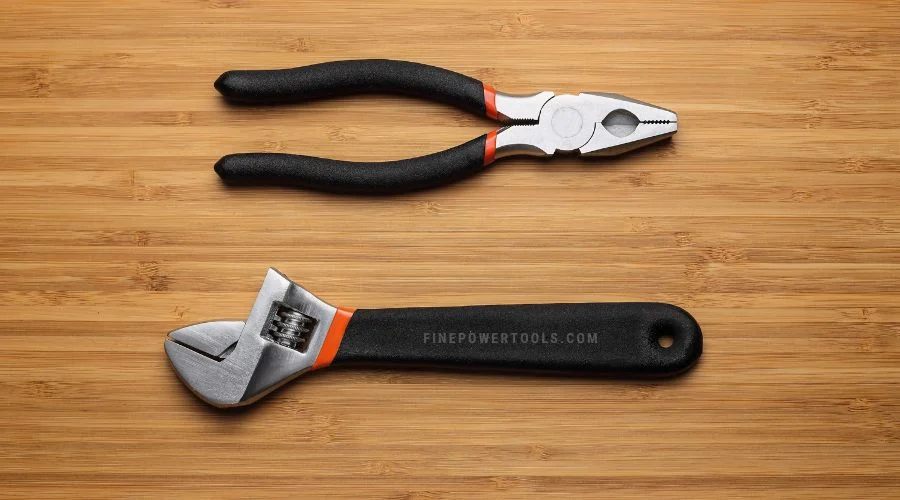
No, pliers and wrenches are not the same, although they are both hand tools used for gripping and holding objects. Here are the key differences between pliers and wrenches:
Pliers:
Pliers have two handles connected by a pivot point, allowing them to be operated with one hand.
The jaws of pliers are typically flat or serrated and can have various shapes, such as flat-nose, needle-nose, or diagonal-cutting.
Pliers are designed for gripping, bending, cutting, and manipulating objects, particularly wires, cables, and small components.
They often have features like wire cutters, crimping zones, or additional functions specific to the type of pliers (e.g., long-nose pliers for reaching into tight spaces).
Pliers provide a secure grip on objects but may not have the same torque or turning capabilities as wrenches.
Wrenches:
Wrenches have fixed or adjustable jaws specifically designed for turning nuts, bolts, and other fasteners.
They come in various sizes and types, including open-end wrenches, box-end wrenches, adjustable wrenches, socket wrenches, and torque wrenches.
Wrenches provide leverage and torque to tighten or loosen fasteners efficiently.
The jaws of wrenches are typically shaped to match the specific geometry of the fastener, ensuring a snug fit and minimizing the risk of rounding off the fastener.
Wrenches are primarily used in applications where precise torque is required, such as automotive repairs, plumbing, construction, and machinery maintenance.
While both pliers and wrenches involve gripping and holding, pliers are more versatile in their applications, whereas wrenches are specifically designed for turning fasteners. Pliers are often used for manipulating objects, cutting wires, or holding components in place, while wrenches excel at providing torque for tightening or loosening nuts and bolts.